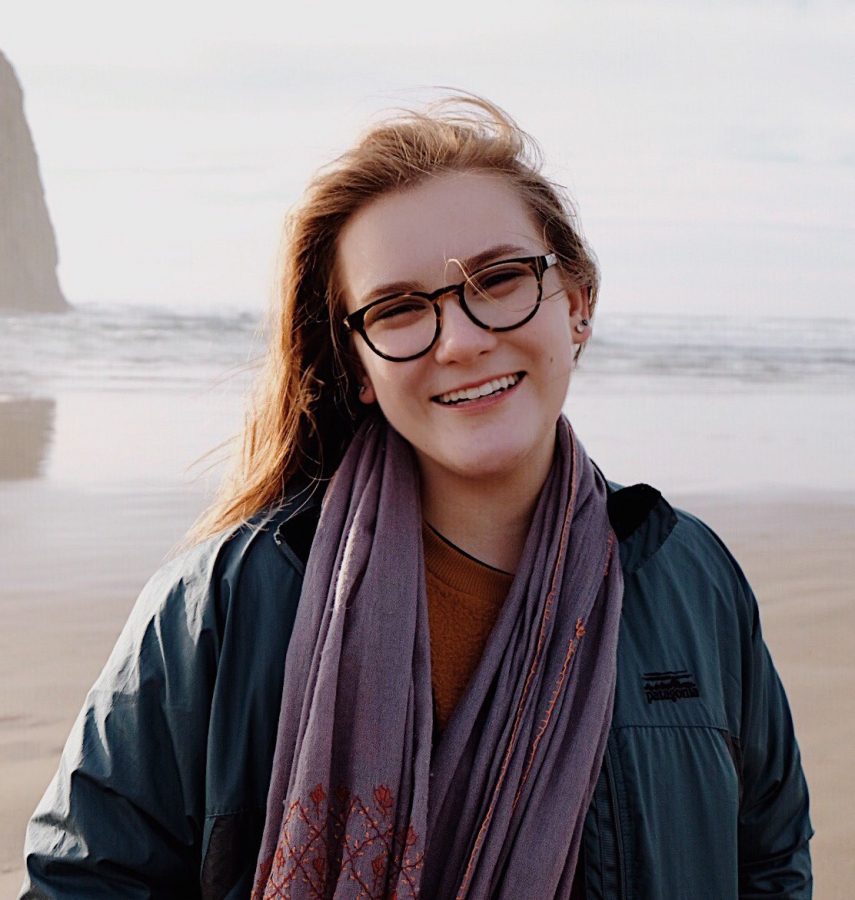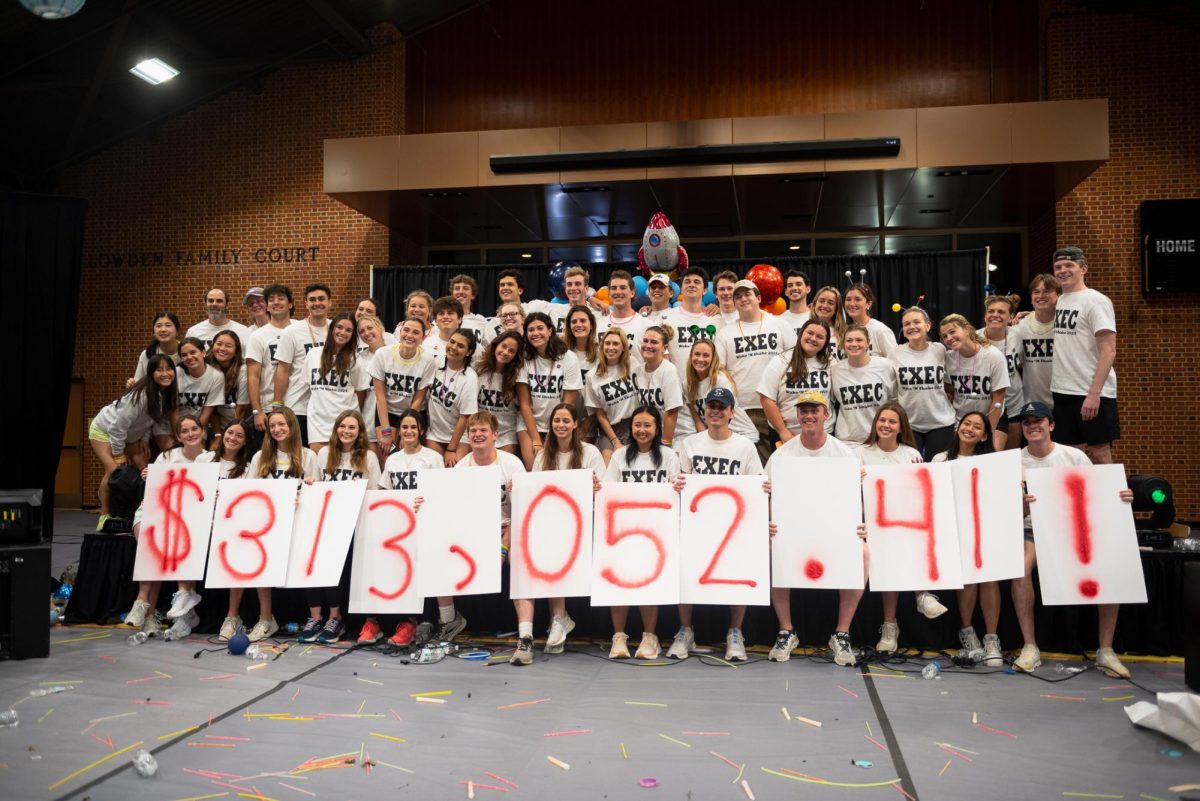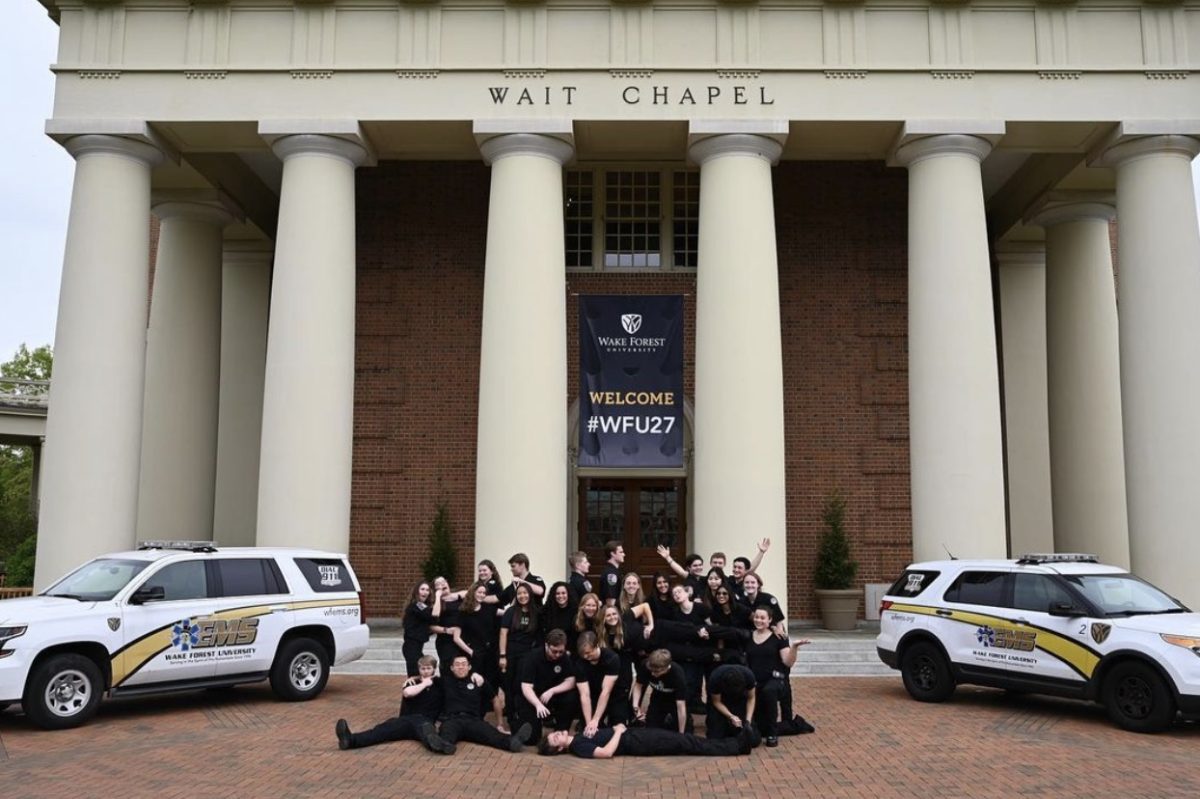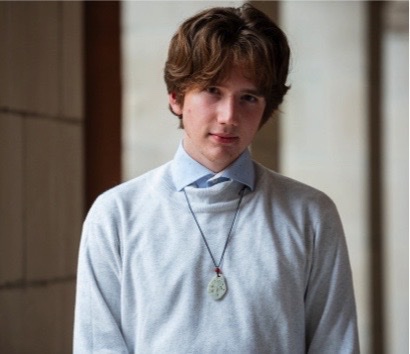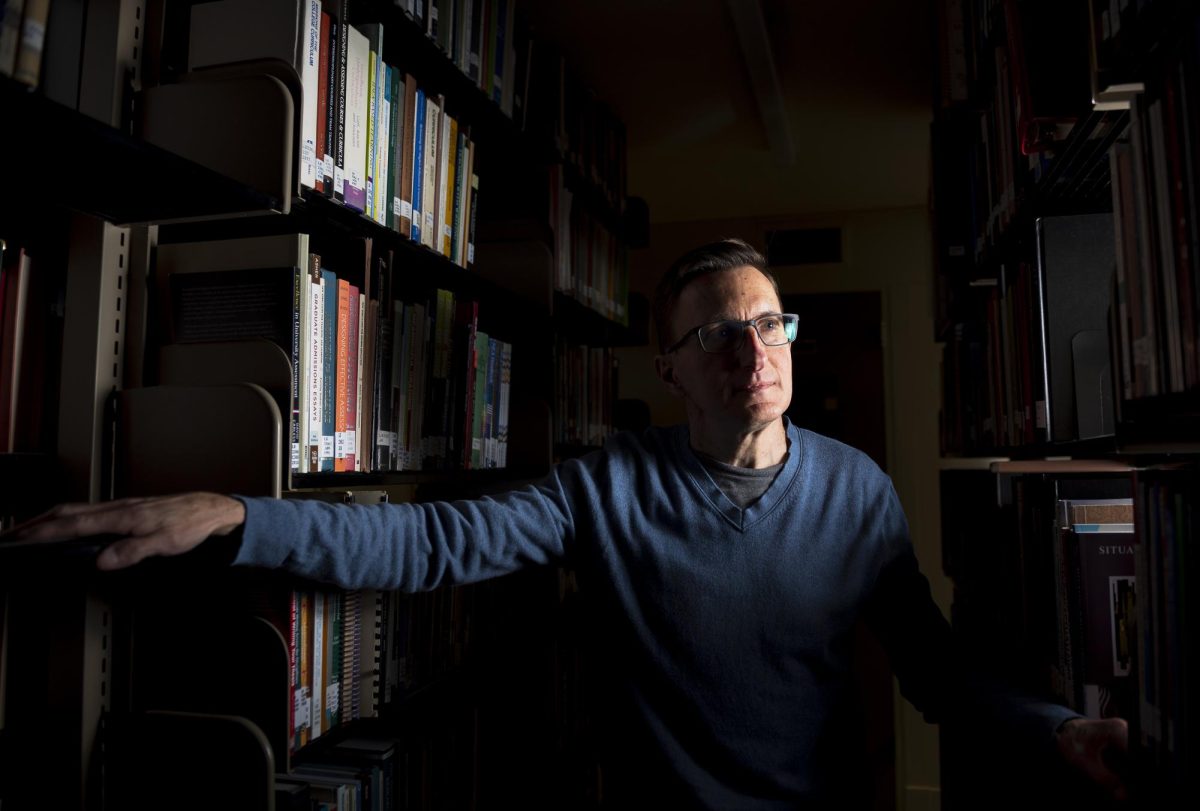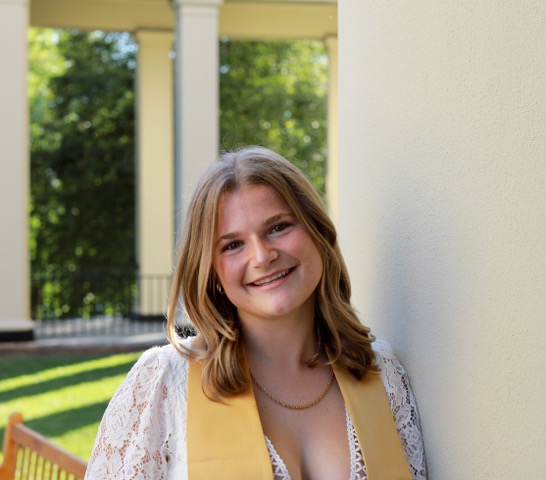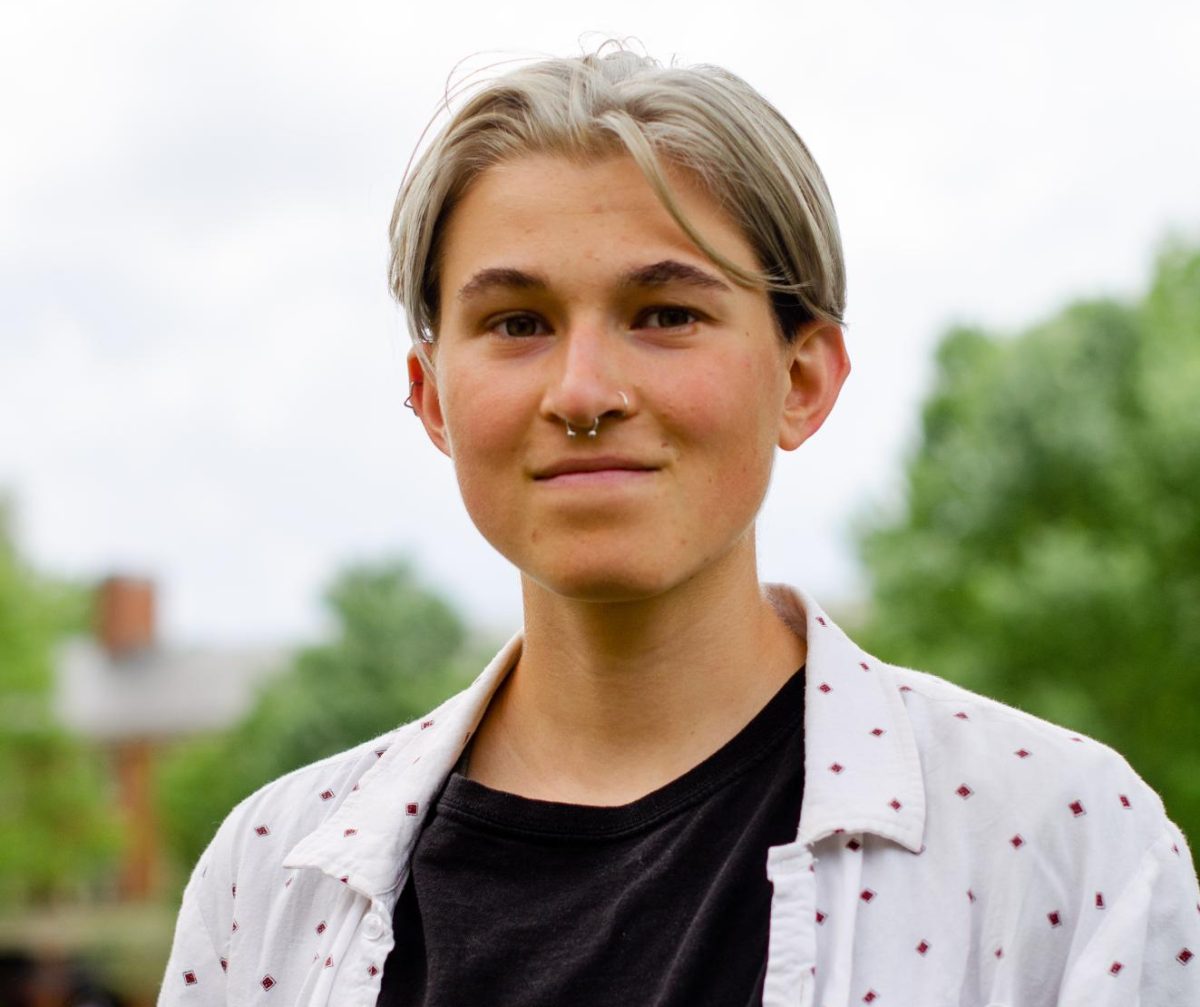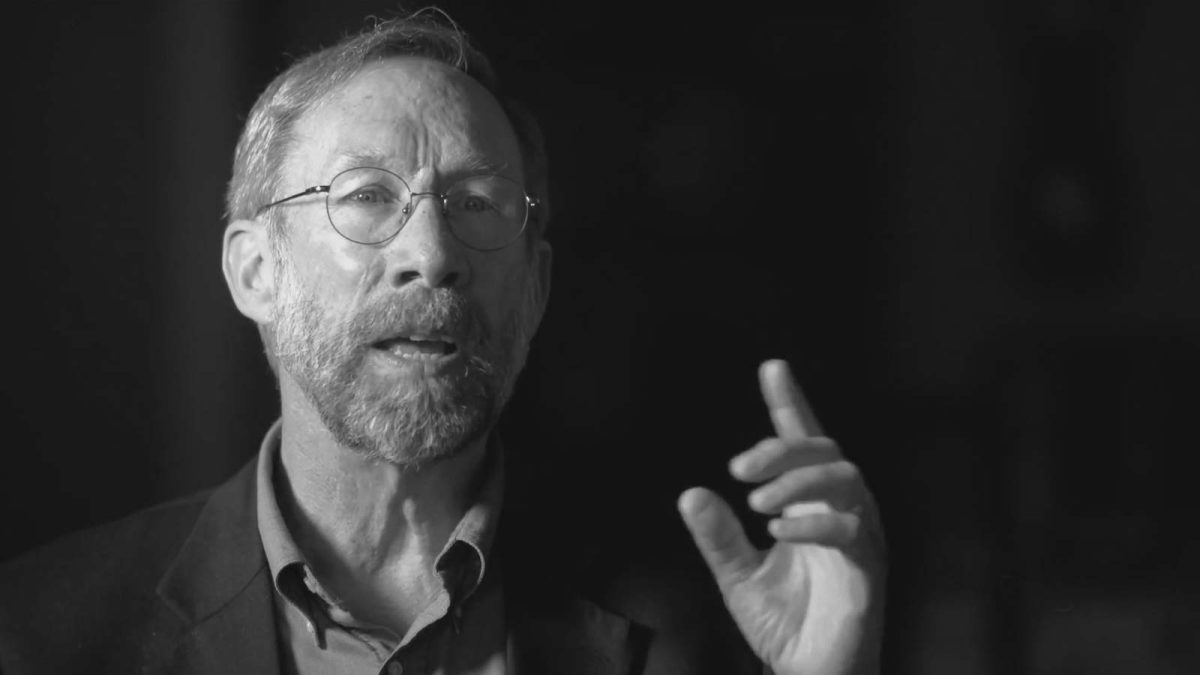Alice Romanov is a senior majoring in sociology and minoring in neuroscience and international studies. Outside of the classroom, she teaches at Yoga Dogz in Reynolda Village and leads yoga trips for Outdoor Pursuits.
When did you begin practicing yoga?
I was introduced to yoga during my junior year of high school. Growing up as a competitive dancer, my body was under a great deal of physical stress, and I was attracted to yoga because of its gentle and mindful approach to movement and self-care. The summer after graduating high school, I began practicing with much more dedication and made sure that it was something available to me going into college.
Why did you decide to teach yoga classes?
I’d known for a few years that I eventually wanted to undergo yoga teacher training, but I serendipitously became a teacher much sooner than expected.
In the summer of 2018, I was home for a month before going abroad to Nepal, and I was looking for a job during that month. I was expecting something like a hostess or barista job, but ended up getting a phone call from a friend who taught yoga, asking if I would be willing to be an administrative assistant at the studio where she taught. I was essentially mopping floors, washing mirrors and working the front desk.
But, at the same time, the studio was offering a teacher-training course with a teacher from Rishikesh, India, who graciously offered me the opportunity to sit it on the classes. So, for the entire duration of the month of June, I fully committed myself to yoga, doing teacher training from 7:30 a.m. to 4:30 p.m., then staying to clean and work the front desk for the evening classes.
It was a really transformative month, and although I didn’t originally think I was ready to teach, that month empowered me to find my voice and allowed me to discover how much I love leading this practice. Right after my training, I had the amazing opportunity to study abroad and do research in Nepal, where I also got to learn from Nepali yoga teachers. I concluded my time in Nepal with a beautiful five-day meditation retreat at a Buddhist monastery.
My journey has been full of so much serendipitous luck, so it only feels right to share it and to see the universality of it. Although the way in which yoga has been adapted into American fitness culture doesn’t always show it, yoga is truly meant for everyone, and this sort of radical acceptance is a change I want to contribute to. It is absolutely amazing to be able to share this practice with others, to create settings full of acceptance and gratitude and to empower others through mindful movement.
How did you prepare yourself both physically and mentally for this next step?
The teacher training was very tasking, both physically and mentally, so self-discipline and self-care were crucial. During that month I really focused on getting enough sleep, nourishing my body with good food and cutting down on coffee and sugar. After only 28 days, I felt so much healthier and stronger than before. The best way I could prepare was by learning how to listen to what my body was telling me and giving it what it was asking for.
What has the practice of yoga taught you?
To say that this practice has completely transformed my life lens would be an understatement. It’s important to note the common misconception that yoga is merely the physical practice called asana. Asana is actually one of the eight branches of yoga, which are ethics, self-discipline, physical practice, breath control, sense withdrawal, concentration, meditation and an ecstatic realization of the interconnectedness of all things. My practice so far has taught me a little bit about all of these branches, but there is still a lifetime’s worth of things for me to learn. But I’d say that the biggest takeaway from my journey so far is that in order to best help and serve others, we must pour into ourselves and treat ourselves with gentle acceptance. This practice isn’t a race or a competition — it’s a return to the self.
How do you define “namaste?”
Interesting that you ask this question, because this is something I’ve actually been thinking a lot about recently as I’ve been learning more and critically reflecting about the issue of yoga and cultural appropriation — something which isn’t questioned or talked about nearly enough.
I was taught that “namaste” means “the light, the student and the teacher in me bows to the light, the student, the teacher in each of you.” It was a beautiful sentiment that closed classes with a sense of acknowledgment and gratitude. In American yoga culture, I’d say the word is definitely laden with spiritual weight and importance.
I started to realize that this word can have multiple meanings when I went to Nepal last summer, where the word was used as a greeting that showed respect but was also used among friends and family members. There is interesting research being done by Sanskrit scholars about the word’s origins and meanings, so I’m excited to learn more about it.
I’m not necessarily challenging the status quo, just saying that critical reflection is always important. If I say the word “namaste,” I want to be intentional with it and make sure I am not appropriating or causing any harm. For now, as I dive deeper into this question, I am transitioning to ending my classes with a heartfelt thank you — conveying the beautiful sentiment without parroting the word just because that’s the norm.
Where will you take your practice next?
Looking forward, I am hoping to continue developing my practice as both a student and teacher, with patience and without rushing. I feel great comfort knowing that I’ll carry this practice with me wherever I go next, so I don’t feel a timeline for anything. But I do plan on expanding to other studios in Winston-Salem and teaching on campus while I’m still here. I’ve loved getting to teach for Outdoor Pursuits (OP). I’ve led sunset yoga trips, and this month, I’m co-leading a yoga/backpacking trip to Max Patch with some great OP leaders and friends. In the future, I am excited to keep exploring the eight branches of yoga and to keep learning about the intersection of yoga and social justice. In a few years, I also want to get my 300-hour training.



